Representation Matters:
Black Representation Through the Lens of Black Media Between 1940 and 1960
Simply put, we are more likely to identify with someone who looks like us, and better able to imagine our own potential. Representation shapes and fosters positive self-esteem, self-worth, and impacts how we see ourselves.
From the beginning of the 20th century until the mid-1960s, African Americans were virtually invisible in the mainstream American (white) press. If Black people were not flat out ignored, they were depicted as inferior and subservient through stereotypical images and ads. There were no positive portrayals of black people, only stereotypes that dominated the mainstream media. Having been largely underrepresented and stereotyped, it was time to change that. Enter John H. Johnson.
John H. Johnson was a Black man born in 1918 in rural Arkansas, the grandson of ensalved people. At a young age he moved to Chicago with his mother and stepfather where he lived and worked for the rest of his life. In 1942, after securing a $500 loan – which was almost unheard of at that time for a Black man – he used the loan to publish the first edition of a publication he named Negro Digest. He modeled it after the popular Reader’s Digest. This magazine featured articles reprinted by and about African American scholars, from both the Black and white media, and targeted a Black audience. It was not an instant success because distributors were not willing to put the magazine on their newsstands, believing it would not sell. However, through community pressure and persuasion, the digest hit the newsstands and thrived.
Mr. Johnson’s second publication, Ebony was founded in 1945. It showcased Black people in photos similar to Life magazine and stories about normal Black life. Editors stated in the first issue that this new magazine would celebrate Black success and “mirror the happier side of Negro life – the positive everyday achievements from Harlem to Hollywood”. Mr. Johnson stated that in creating this magazine “we wanted to give blacks a new sense of ‘somebodiness’, a new sense of self-respect. We wanted to tell them who they were and what they could do…we believed then – and we believe now that blacks needed positive images to fulfill their potentialities.”
This monthly magazine focused on African American news, culture, and society. It featured professionals, entertainers, athletes, Black soldiers back from the war, and civil rights activists. It highlighted Black fashion and beauty and covered social issues. The covers featured beautiful Black men and women and included stories of middle- and upper-class Black families living in beautifully decorated homes, vacationing, and living normal lives. Finally, Blacks could control their own narrative and be fully represented in a safe space.
This translated into advertising and selling products too. African American ad agencies (there were two at that time, founded in 1943) had been successful in selling Black-owned products to Black people, but Mr. Johnson argued that Blacks would embrace other brands whose advertisements depicted people of color. Advertising agencies that had previously ignored this market, with limited interest in representing Blacks, were now interested in advertising in this publication. Courting the Black dollar, in 1955, trying a new advertising campaign, Coca-Cola chose Mary Alexander to be their first female African American model. The February 1955 issue of Ebony featured this venture.
In total, Johnson Publishing Company published 9 printed publications. A few more to note were Hue, published in 1953, Tan Confessions, created in 1950, which was a “True Confessions style magazine, and JET (dubbed The Weekly Negro News Magazine) published in 1951. JET was a pocket sized weekly magazine and whose coverage included beauty and fashion tips, Black entertainment news, the Civil Rights Movement, sports, and social events. A very popular JET feature was the “Beauty of the Week.” Every week a new African American woman, albeit sexualized in swimwear, would be featured as a way to promote the beauty of Black women.
As important as these magazines were for the Black community they were not immune to criticism within said community. At the core of the criticism was its issue of colorism and eurocentrism. There was an era when lighter skinned men and women were highly featured (especially on the covers), and advertisements promoting skin lightening and hair straightening products seemingly pushed eurocentric beauty standards.
However accurate, the criticisms pale in comparison to the giant cultural impact these magazines made on the African American community and the world. These publications “forever changed the popular representation of African Americans” and helped society see them as they saw themselves: strong, hard-working, educated, talented, and worthy of respect and equality. They highlighted important social issues and social unrest that most Americans would rather ignore. The images of the Civil Rights Movement helped illustrate to the nation and to the world the ugliness of systemic racism. They pushed cultural norms (featuring interracial marriages) and challenged prevailing notions of Blackness in America. Johnson Publishing Company helped to document the African American experience by utilizing our own voices.
Growing up I was surrounded by Black art throughout the house; we regularly visited museums and southern plantations (still do), and Ebony and Jet were fixtures in our home (as well as Essence and Black Enterprise from other publishing companies). It’s important to see oneself reflected and represented in as many ways possible and if true representation is lacking or inaccurate then you must create the space for yourself because…
Representation matters…
Black Representation matters.


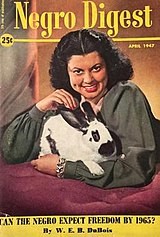
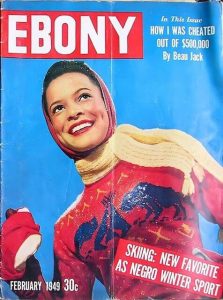
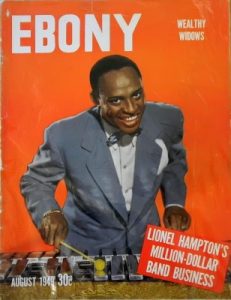
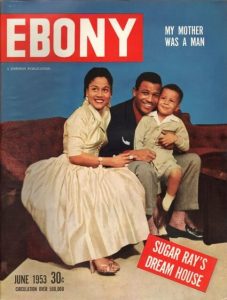
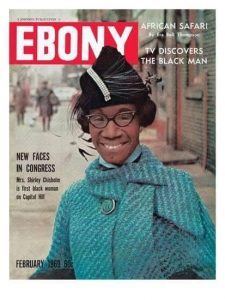


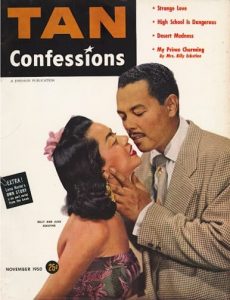
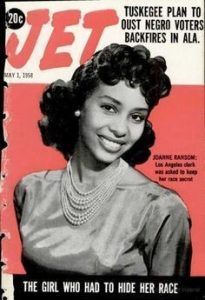
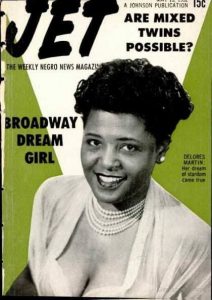
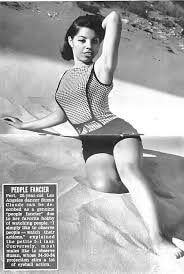
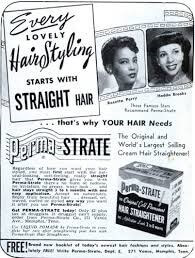
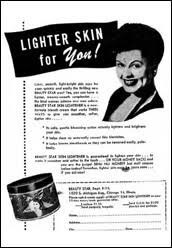
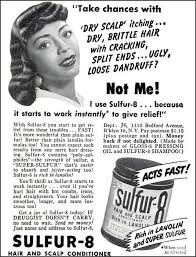
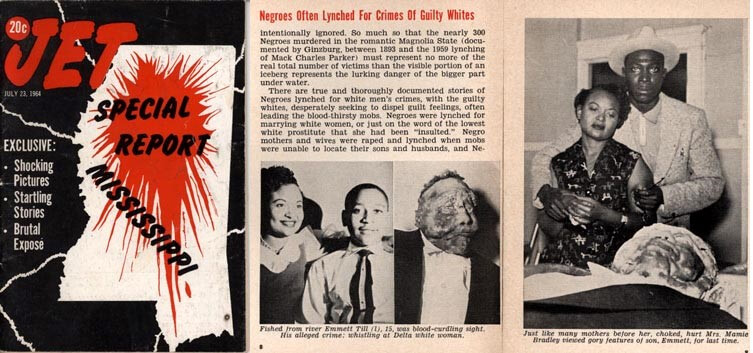
The article, “Representation Matters…” was extremely insightful and a marvelous trip down memory lane. Viewing beautiful women of color in magazines allowed me to know I was beautiful, valued and visible. I appreciate this article.
We are so glad to hear that. xx